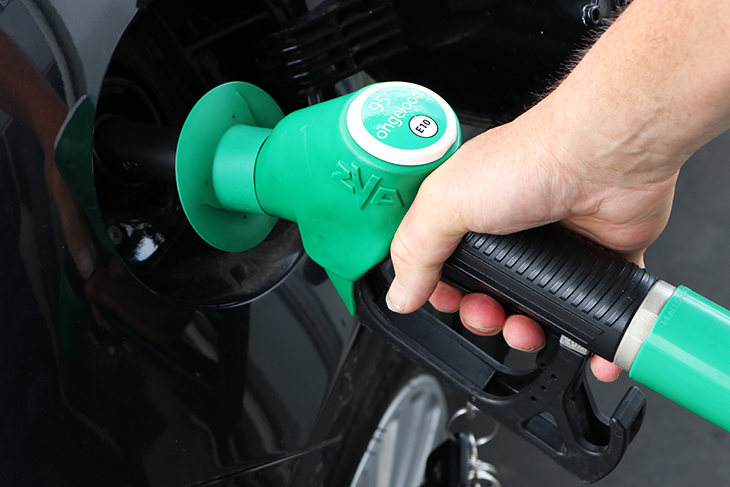When we visit the petrol pump, most of pay more attention to the price per litre than anything else. As long as we pick up the right nozzle – petrol or diesel – than it doesn’t really cross our mind what exactly we’re putting in. But this is all about to change.
From the 1st of September, the petrol we put in at the pump is changing. From E5 unleaded to E10. But what exactly does this mean? And will your car accept it as a fuel? Read on for your quick guide.
What is E10 petrol?
E10 petrol will become the standard unleaded petrol at all petrol pumps across the UK. Previously, it was E5 standard. The E refers to ethanol, and the number 10 is the percentage of ethanol in the petrol. Widely used across Europe, the US and Australia, E10 petrol has been used for emissions tests on all new cars since 2016.
What’s special about E10 petrol?
The big reason behind the switch to ethanol from normal fuel is that it reduces the level of CO2 based emissions overall for cars. Ethanol is produced from plants and so doesn’t need any oil or other fossil fuels to be produced. By substituting 10% of the petrol we put in our cars with this cleaner, greener type of fuel, than we are reducing the amount of fossil fuels we need every time we go to the pump.
It also reduces the emissions of the car when it burns. Estimations by the UK government believe that CO2 emissions by cars will be reduced by 750,000 tonnes. There is a small catch – fuel economy i.e. miles per gallon can be affected by up to 1%. Not a lot but still worth mentioning. However, the government has emphasised that this is a small amount, and things like driving with a roof rack or underinflated tyres will cost you much more in fuel efficiency.
How can I check if my car is suitable for E10 petrol?
So how does the switch to petrol affect your car? The good news is that the vast majority of cars that take E5 standard petrol now will work just as well with E10 standard petrol. All cars manufactured since 2011 will be fine, and most cars from the late 1990s onward are also unaffected. But if you drive a classic car, a low cc engine moped, or an older vehicle, you may want to double check to see if your car is compatible, then there is a government website set up so you can check. Visit https://www.gov.uk/check-vehicle-e10-petrol and find out if your car is affected.
What can I do if it isn’t suitable?
You may be wondering what to do if your car or motorbike is not able to accept E10 petrol. Unfortunately, there is no compensation available for the switch to the new standard. However, you will still be able to find E5 standard petrol at some stations. This will only be in the ‘super’ grade petrol, that is generally more expensive than the standard unleaded. If you find yourself at a remote petrol station that solely has E5, don’t worry. You can mix and match E5 and E10 without any negative effects.
Is your car compatible with E10?
Looking to upgrade your car, then why not apply with Creditplus?





 Facebook
Facebook Twitter
Twitter Instagram
Instagram LinkedIn
LinkedIn Youtube
Youtube